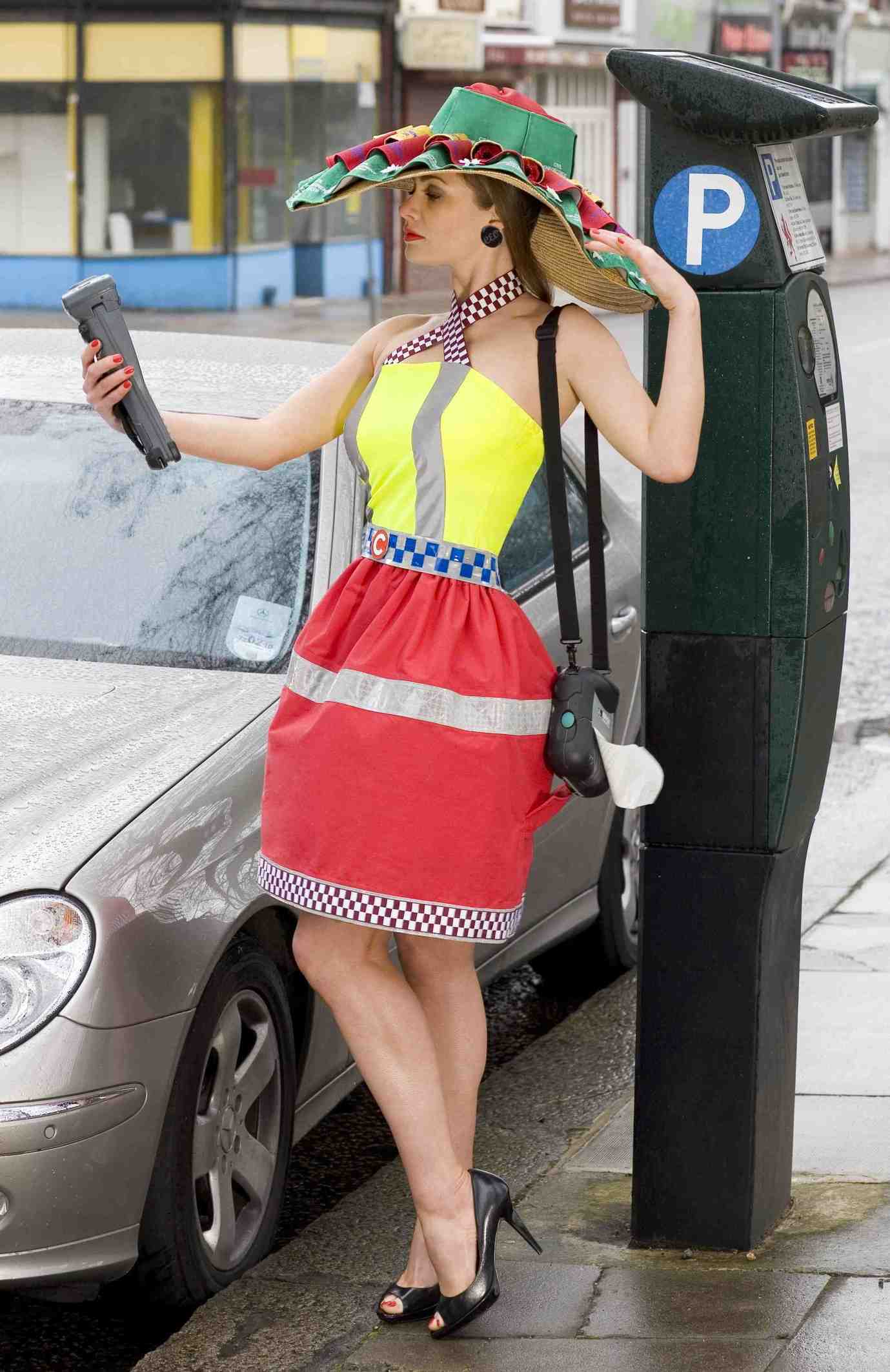Out of sight, out of mind? Not reallyBy playing a trick on the brain, neuroscientists at MIT's McGovern Institute for Brain Research have discovered one way that humans naturally recognize objects.
The work, reported in the Aug. 7 online issue of Nature Neuroscience, may have implications for artificial vision systems and provide insight into problems in visual recognition that are often associated with dyslexia and autism.
"We all have an uncanny ability to recognize familiar objects and faces even though we never see the same image on our eye twice," said James DiCarlo, head of the research team and an assistant professor in MIT's Department of Brain and Cognitive Sciences (BCS). "For example, even when viewing a stable scene, the image striking our eyes changes up to 200 times a minute-each time our eyes move. Somehow the brain recognizes commonalities among the ever-changing stream of images coming into our eyes." Instead of seeing the world as if in strobe light with objects jumping in and out of existence, we perceive objects to be stable.
Although one theory holds that this ability is hardwired in the brain, the current study supports the opposing hypothesis, indicating that the brain learns to recognize objects by merging images produced while our eyes explore the visual world.
"Our study focused on how eye movements might contribute to our effortless ability to recognize objects at different locations," DiCarlo said. "Because each eye movement rapidly brings each object from one location on our eye to another, we hypothesized that the movements help us learn to recognize an object, regardless of its location." In other words, these movements might enable the brain to learn that Jane is still Jane even when we are not looking directly at her.
"To test this hypothesis, we played a trick on the brain," explained lead author David Cox, a BCS graduate student. "We created an artificial visual world where objects on a computer screen did not stay the same, but were replaced by another object while the subjects' eyes were moving."
Subjects were shown one object in their peripheral vision. While they were moving their eyes to focus directly on that object, the researchers substituted a slightly different object.
Because the brain is effectively blind during the one-twentieth of a second of each eye movement, subjects could not see the object substitutions being made and were completely unaware that the altered visual world behaved any differently than the real world.
But their brains detected the difference.
In tests following one or two hours of exposure to the altered world, subjects confused objects that had been swapped-in reliable and predictable ways. Subjects judged different objects to be the same object at different locations, as if their brains used their eye movements to learn what images belong together to make an "object."
This study provides more evidence of the brain's continuing plasticity, or adaptability, and the role of experience in forming neural circuits for tasks as seemingly simple as recognizing objects in different locations.
"The real world has structure, and the brain works by discovering that structure. It makes sense that the brain adapts to the external reality, even if we manipulate it," DiCarlo said.
From:
http://www.physorg.com/news5979.html.

















